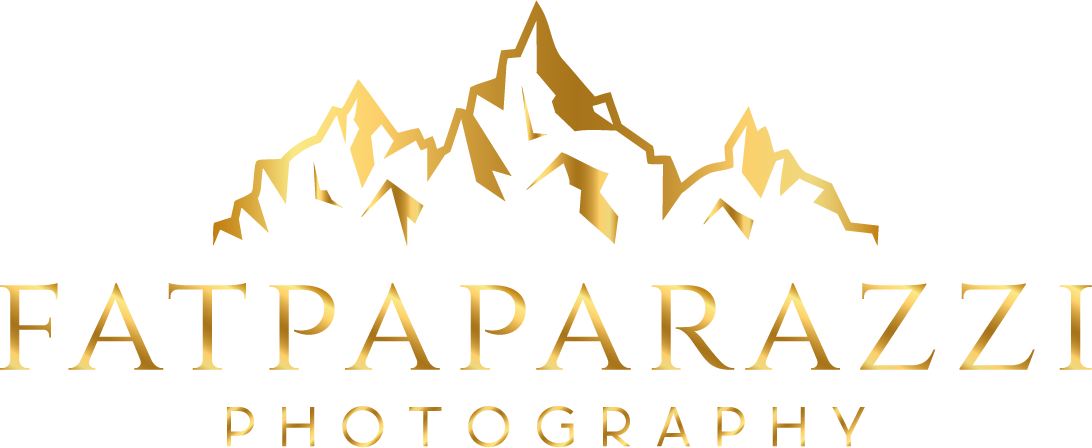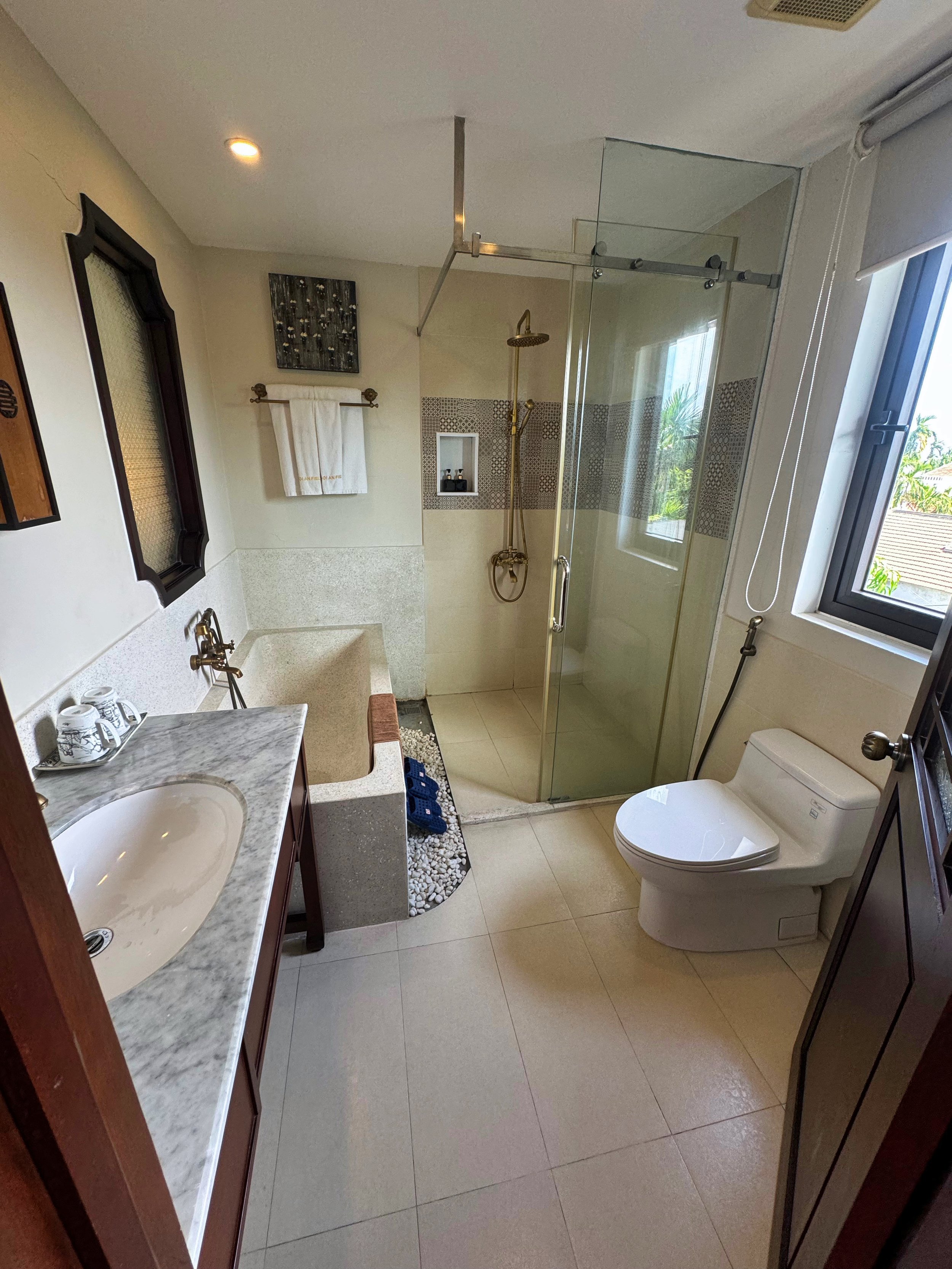10th Uprising - Hoi An
Today we were heading further south for yet another “H” town but had a few things to see on the way first. Boarding a new, larger bus we remained under Carla’s strict feng shui instructions but were not an hour into the journey before receiving a desperate call to stop somewhere urgently. Two of the group had issues from varying “ends” so we found a rest stop pretty much immediately. During the wait, Fatpap grabbed his camera and strolled out onto the highway as he does.
With everyone again fully fit, we pushed on to Lap An Lagoon, a brackish tidal waterway dotted with oyster farms and traditional wooden stilt houses. Surrounded by the wonderful Bach Ma Mountain range and fronting Lang Co Bay and its emerald green waters, it was the perfect spot for a coffee break and to stretch the legs while presenting some fantastic photo opportunities in the process.
Lap An Lagoon, Vietnam
The Hai Van Pass, Vietnam
With some bangers in the bag we continued through to Da Nang via the Hai Van Pass. Meaning “ocean cloud pass”, it is a 21 kilometre section of National Route 1 transversing a spur of the Annamite Range jutting into the South China Sea. Its name refers to the mists that rise from the sea reducing visibility and has historically created a physical division between the various kingdoms of North and South Vietnam. The twisting road has long been a challenge for drivers and today all eyes were on Melanie ensuring hers were facing forward and a bucket was close at hand.
The pass also forms a boundary between the climates of the north and south sheltering the city of Da Nang from the "Chinese winds" that blow in from the northwest. At times weather on the north side of the pass might be wet and cold, while the south side could be warm and dry. That phenomenon was experienced during our visit with low clouds sweeping up the north face of the pass noticeably dissipating at the apex.
It has long been of major strategic importance in this history of Vietnam by presenting a significant barrier to any land army attempting to move between the northern and central regions as evidenced by a few remaining bunkers built by the French army in the early 1920’s that we explored and used to admire the view on both sides.
With only a downhill stretch remaining we quickly rolled into Da Nang along its 25 kilometre shorefront. With no scheduled activities we stopped roadside at a very local and homely bakery for what was possibly the best pork Banh Mi ever had. Straddling plastic chairs kerbside, we gorged ourselves stupid on the fresh rolls together with sticky pork buns, coconut milk and iced tea. It may not have been Michelin starred, but the Ba Hung Bakery in downtown Da Nang might well have been to us hungry travellers.
Hoi An is only 30km from Da Nang and we covered that ground in no time. Pulling into the Hoi An Field Boutique Hotel on the outskirts of the old town, we had only a short time for a swim before the Chairman was corralling us again for the next adventure.
Piling into a hired Thunberbirds Bus, we tracked the short distance into Old Town for a walking tour of its numerous temples and attractions. Hoi An as an entire city has been registered as a UNESCO World Heritage site with the Old Quarter a shining example of a 15th century Southeast Asian trading port. Its buildings and street plan reflect a melting pot of indigenous and foreign influences from a mix of eras and styles including wooden Chinese shophouses and temples, colourful French colonial buildings and ornate Vietnamese tube houses.
As a means of preserving their heritage, the city sells an affordable multi-venue ticket allowing visitors to explore all of its attractions at their own pace that includes access to traditional houses and temples and museums documenting the centuries spanning history of the city. All were fascinating if not repetitive, but perhaps the most spectacular point of interest was the iconic covered Japanese bridge.
Chùa Cau is a 18 metre long footbridge and temple dating back to the late 16th century made of wood footed on brick pillars that has been renovated over the years to gradually integrate elements of Vietnamese and Chinese architecture in its design in lieu of its original Japanese elements.
As Japanese merchants established their own enclave in the city, one group began building the bridge in 1593 to cross a neighborhood canal to improve trade between the Chinese enclave on the other side. In 1653 the temple was added atop the bridge to placate the earthquake inducing monster Namazu. The bridge is now so treasured it is proudly immortalised on the country’s 20,000 VND note.
Throughout the city evidence of the respected Polish architect and conservationist Kazimierz Kwiatkowski can be found everywhere. After 40 years of war the Vietnamese government initiated a restoration program for their monuments and historical sites calling out internationally for assistance. Kwiatkowski was the only expert who undertook the task and in 1981 immediately realised the potential of the city. He researched and prepared a program to restore medieval works making stringent efforts to lobby the local government to preserve and restore the ancient town and introduce the distinctive features of Hoi An to the world. He is as deserved, highly revered for his contributions to Hoi An and surrounding region.
Perhaps the most visually striking aspect of the city though is the multitude of lanterns strung literally from every building, pole and shopfront. The Quang Nam people consider light as a symbol for humans and offer lanterns as a shrine and means of praying for the Gods' protection. Each lantern’s hue has a different meaning, red for example represents fortune and wealth, but when amassed by the thousands the spectacular designs and kaleidoscopic colours are mesmerising. A monthly cultural event is The Hoi An Light Festival celebrating the full moon with all shops, restaurants, and homes turning off their lights. The locals decorate their facades with lanterns of different shapes, sizes, and colours and as luck would again have it, we were there for that very night.
Hoi An is renowned for its many affordable tailors knocking out custom garments in as little as 24 hrs. Many of the guys chose to have something made, but for us not interested, we unfortunately found a bar literally opposite with what could feasibly be the worlds longest happy hour incentive. It went for 6 hrs and as luck would have it, we arrived 15 minutes into their “buy-one-get-one-free” special. What at the time seemed fortuitously perfect, would by nights end prove to be our undoing.
Others progressively joined us over the following hours, and as the sun set over Hoi An its famed lanterns slowly came to life. The warm glow of the afternoon sun against the ochre colours of colonial inspired building, coupled with the colourful lanterns and floral vines made Hoi An the prettiest place thus far visited in Vietnam.
The astute readers will recall that back in Hanoi on day 2 Fatpap met some American girls in a bar - always a likely start to a story - well, at the time he and Elyse from Texas worked out they would be in Hoi An on the same days. Firing off a quick message to her and dropping a location pin, Elyse joined him soon after which by nights end would prove to be her undoing too. We all went to a beautiful noodle house on the river bank for dinner before splitting into our usual “going out” or “not going out” groups.
In the end the regulars departed early rendering it a boys night - and Elyse of course - so we further explored the colourfully lit city filled by a carnival atmosphere. Walking the narrow streets, doing some light shopping along the way, it was predominately beer purchased with Tom becoming the self appointed “beer master” for the evening. With perpetually one in each hand, we aimlessly wandered talking and laughing until the most unexpected thing happened. Thus far on tour Tom had been happy to go with ours, and his wife’s suggestions, never once grumbling or remotely disagreeing. Tonight though as we passed the flotilla of rowboats sweetly lit by colourful lanterns, he proclaimed in his usually indecipherable accent “I want to go on a feckin boat.” Gobsmacked, we obliged immediately and shouted him a ride on a feckin boat.
Sensing our compassion, Atharva too piped up asking if we could also light lanterns and set them free on the river. With our defences down we allowed him that one concession and boarded the vessel which seemed to be as equally unsteady as the land we’d been walking on for the past few hours.
A few beers later Elyse said goodnight, and somehow unknown we ended up on the southern river bank among its conga-line of bars and nightclubs. Settling on the Bob Marley Bar, and under the instruction of the energiser bunny Tom, we ordered beers for something different. That of course proved problematic and it wasn’t that long before we pulled up stumps and headed home. Or so we thought. Alone in the Hoi An backstreets nearing midnight, we found ourselves haggling with the only taxi seen for 20 minutes over the equivalent of $0.25 each. The irony though of that situation was 1 - We needed that cab desperately, 2 - Tom was paying anyway, and 3 - He was already in the front seat yelling at us to “get in the taxi you feckin eegits”.
Back at the hotel we adjourned poolside but not before helping ourselves to the last of their beer supply - all 16 of them. To solidify the bonding process, Chris declared the event to be a shirts off occasion which unsurprisingly received no objections. In the end we were kicked out by management at 2:00am and retreated to Atharva’s room for the last of Toms secret rum stash.























































































































